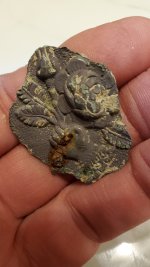- Aug 18, 2007
- 3,806
- 1,870
- 🥇 Banner finds
- 3
- Detector(s) used
- Minelab Etrac
- Primary Interest:
- Metal Detecting
This bottle is 7 3/4in. high & 3 wide.
On the bottom there is a 14on left 76 on right
13 bottom & a pyramid shape or triangle.
the top is a zero with a 1 in the center.
It has seams on both sides all the way to the top.
seamed on the bottom.The top is seamed also to
the bottle.
On the bottom there is a 14on left 76 on right
13 bottom & a pyramid shape or triangle.
the top is a zero with a 1 in the center.
It has seams on both sides all the way to the top.
seamed on the bottom.The top is seamed also to
the bottle.
Amazon Forum Fav 👍
Attachments
-
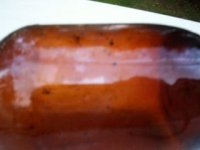 100_0630.jpg12.7 KB · Views: 373
100_0630.jpg12.7 KB · Views: 373 -
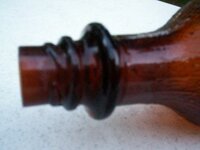 100_0631.jpg14.2 KB · Views: 371
100_0631.jpg14.2 KB · Views: 371 -
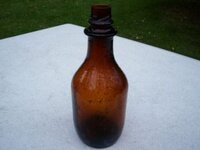 100_0625.jpg13.8 KB · Views: 375
100_0625.jpg13.8 KB · Views: 375 -
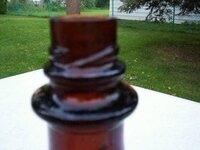 100_0626.jpg17.8 KB · Views: 374
100_0626.jpg17.8 KB · Views: 374 -
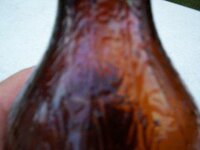 100_0627.jpg14.6 KB · Views: 376
100_0627.jpg14.6 KB · Views: 376 -
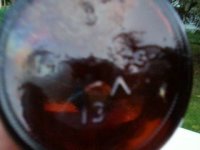 100_0628.jpg13.6 KB · Views: 376
100_0628.jpg13.6 KB · Views: 376 -
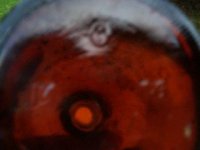 100_0629.jpg12.2 KB · Views: 372
100_0629.jpg12.2 KB · Views: 372 -
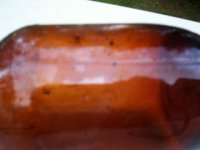 100_0630.jpg12.7 KB · Views: 368
100_0630.jpg12.7 KB · Views: 368 -
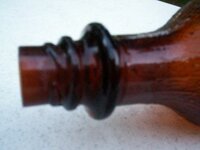 100_0631.jpg14.2 KB · Views: 367
100_0631.jpg14.2 KB · Views: 367 -
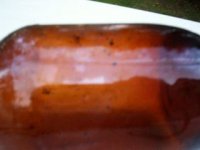 100_0630.jpg12.7 KB · Views: 365
100_0630.jpg12.7 KB · Views: 365 -
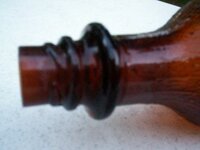 100_0631.jpg14.2 KB · Views: 370
100_0631.jpg14.2 KB · Views: 370 -
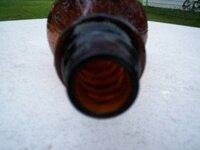 100_0632.jpg14.2 KB · Views: 369
100_0632.jpg14.2 KB · Views: 369





